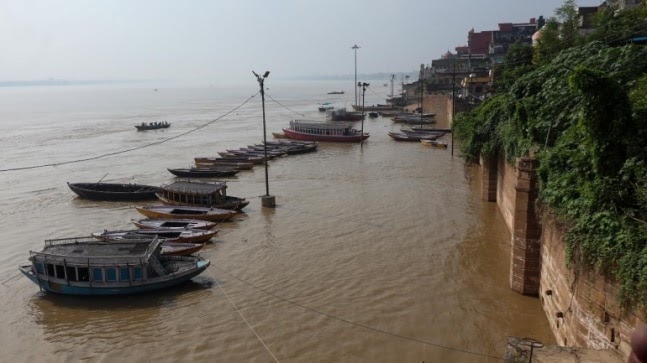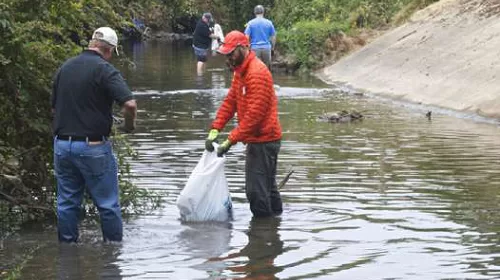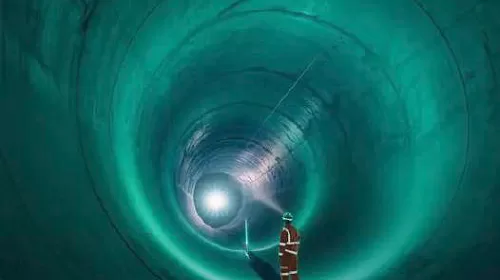The Uttar Pradesh government has set up 104 sewage treatment plants (STP) of 3,298.84 million liters daily (MLD) in the state in a bid to clean the major rivers including Ganga. The water quality in Ganga, Gomti, Saryu, Yamuna, and Rapti has improved significantly, according to the Uttar Pradesh government.
The state government has said that drains flowing in the rivers have been plugged. Due to the reduction in the amount of filth, aquatic beings are healthier. With the removal of silt, surface cleaning of rivers has become possible. Diseases caused due to polluted water will also be better controlled.
Along with cleaning the rivers and stopping sewage from falling into them, efforts are also being made to provide domestic sewerage connections in cities. This will prevent dirty sewage water from flowing on the roads in cities.
SEWERAGE CONNECTIONS IN CITIES
Under the Namami Gange program, a sewage treatment plant and sewerage line were provided to Anupshahr city, which is adjacent to the river Ganga. This helped to stop the flow of contaminated water into the river. The work of laying sewerage line was done at a cost of Rs 78 crore.
Along the same lines, dredging was carried out in the Gomti river of Lucknow to remove the silt accumulated on the surface. A sewerage treatment plant of 120 MLD capacity is being set up to treat the sewer water of GH Canal (Haider Canal) in the river.
In Kanpur, the 128-year-old Sisamau Nala has been completely closed. It used to be a major reason for the contamination of the Ganga. Construction work of STPs has been completed under the scheme to stop sewage from flowing in the rivers passing through the cities of Ghaziabad, Meerut, Agra, Loni, Saharanpur, Bijnor, Pilkhua, Muzaffarnagar, Rampur, Gorakhpur, Sultanpur, and Ayodhya.
Along with this, arrangements have been made for the maintenance and smooth operation of the sewerage treatment plants, the government claimed. The government plans to make the rivers completely free of dirt and sewage.





